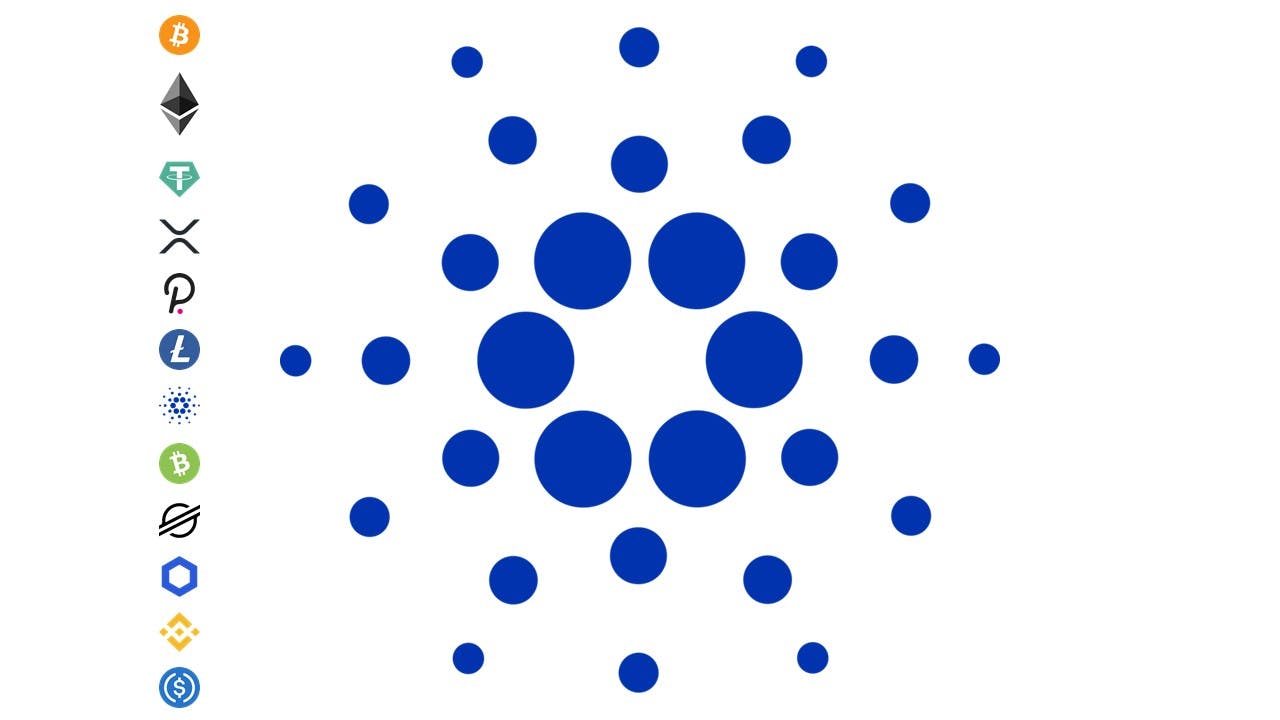July 1, 2021 | Max Atallah

#7 Legal Analysis of Cardano (ADA)
In the beginning of the year, we started our 12-part article series on cryptocurrencies and their legal framework within the European Union and United States. We are now halfway through the series, and this time we assess Cardano’s native token ADA – the 5th biggest cryptocurrency by its current market cap.
If you missed our previous article on Bitcoin Cash (BCH), you can find it in our news under the "blockchain" category.
Cardano (ADA) in a Nutshell
Cardano is an open-source and decentralized blockchain platform created by Ethereum co-founder Charles Hoskinson in 2015. Most prominently, Cardano’s native token ADA is used for peer-to-peer funds transactions, as with any other cryptocurrency. ADA is also used to build smart contracts, and to create decentralized protocols and applications.
The development of Cardano is driven by three different organizations:
- Cardano Foundation, based in Switzerland, oversees the development and building of the Cardano community.
- Input Output Hong Kong (IOHK) builds the actual blockchain and the tools used for its application.
- EMURGO promotes the commercial applications of Cardano.
In Cardano’s initial coin offering (ICO) held in 2017, the project raised more than 60 million USD and debuted with a market cap around 600 million USD. With ADA’s maximum supply of 45 billion tokens, and a circulating supply slightly under 32 billion, ADA’s current market cap is almost 42 billion USD.
U.S. Regulation of ADA
Due to the varying legislation between the states and different authorities presenting differing interpretations of cryptocurrencies, it is hard to find a uniform regulatory approach to cryptocurrencies in the U.S. The Securities and Exchange Commission (SEC) has been indicating that it considers certain cryptocurrencies to be securities by applying the so-called Howey Test, despite its origin in traditional investment contracts, e.g., securities. In turn, the Internal Revenue Service (IRS) sees cryptocurrencies as property and has issued tax guidance on the matter, whereas the Commodities Futures Trading Commission (CFTC) encompasses cryptocurrencies to be commodities as described in the Commodity Exchange Act.
In order to clear up the situation, lawmakers in the U.S have introduced a bill known as ‘The Eliminate Barriers to Innovation Act of 2021’, that seeks to clarify crypto regulation by establishing a working group of representatives from the SEC and the CFTC. The legislation is ultimately aiming to clarify the definition of what makes cryptocurrency a security or a commodity, and to solve the current ambiguous situation regarding jurisdiction areas of U.S. authorities, striving to make a clearance on the rules deciding whether the SEC or another regulatory agency has jurisdiction over a particular token or cryptocurrency. The bill has passed the U.S House of Representatives and was received by the Senate in April 2021, being currently reviewed by the Committee on Banking, Housing and Urban Affairs.
Meanwhile in May 2021, The Federal Deposit Insurance Corporation (FDIC) published its request for information about how banks are using digital assets and what the federal regulator could do to assist entities. As banks are increasingly exploring the industry on digital assets, FDIC seeks information in order to create a clearer perception of the whole industry and consumer interests. The comment period for the request of FDIC ends in July 2021 and is expected to produce arguments from both extremes. Also in May 2021, the Acting Comptroller of the Currency, Michael Hsu, announced that he had ordered his staff to review all pending matters and interpretive guidance issued under the former Acting Comptroller, and declared afterwards that the Office of the Comptroller of the Currency (OCC), the Federal Reserve, and the FDIC have been talking on a possible future interagency group to further investigate crypto policies. It is further worth to mention, that the Federal Reserve’s long awaited research paper on a possible future digital dollar, i.e., central bank digital currency, should also be published before the end of this summer.
The aforementioned subjects play their part of a delayed, yet very welcomed wave of development, as the current legal status of cryptocurrencies with different authority interpretations and simultaneous jurisdiction claims have left the U.S. crypto industry in an unclear legal position.
EU Regulation of ADA
As the EU cryptocurrency legislation is more straightforward than in the U.S., it is easier to portray the regulatory status of ADA within the EU. Simply put, ADA is considered to be a cryptocurrency and not a security. As described in the Fifth Money Laundering Directive (5AMLD), virtual currencies are defined as a digital representation of value i) that is not issued or guaranteed by a central bank or a public authority, ii) is not necessarily attached to a legally established currency and does not possess a legal status of currency or money but is accepted by natural or legal persons as a means of exchange and iii) which can be transferred, stored, and traded electronically. Therefore, entities trading ADA, and other cryptocurrency service providers are obligated by the EU Member State’s implementation of the 5AMLD and other national regulation, being subject to conventional EU regulation on customer due diligence, risk assessments, Fit & Proper as well as other applicable national legislation.
Even if the EU Member States’ national legislation on cryptocurrencies differ slightly, it is recommendable to proactively follow the rules of the stricter Member States, considering the upcoming EU cryptocurrency regulation that is going to further unify and tighten the regulatory cryptocurrency framework throughout Europe.

01.07.2021 MAX